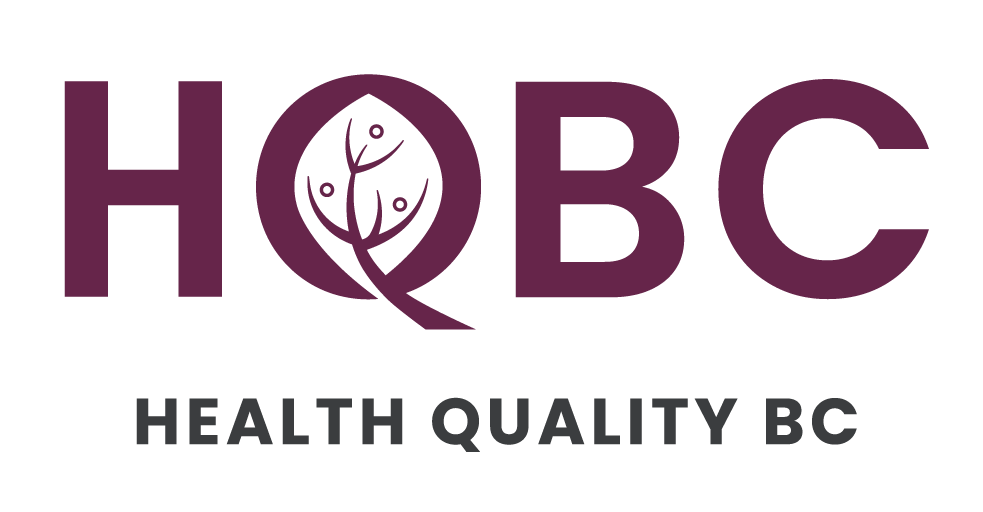- Clinical Care
Venous Thromboembolism Virtual Learning Series #1
This was an interactive online learning session where we reviewed the rationale and evidence for VTE prophylaxis with one of the world’s experts and discussed strategies that can be applied in our own hospitals and centers with a local champion in VTE care.
Watch the Recording
Download Webinar Resources
Download

